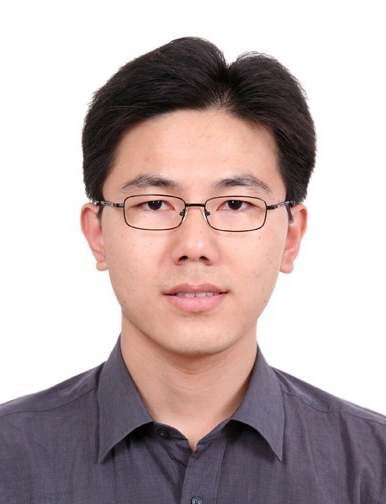
LIU Malin
Deputy Head, Division of New Materials, INET
Associate Professor of Nuclear Fuel Cycle and Material
liumalin@tsinghua.edu.cn
(+86 10) 8979-6092
Education background
PhD,
Tsinghua University, Chemical Engineering and Technology, 2009
Visiting
Scholar, the Ohio State University, Chemical and Molecular Bioengineering,
2008-2009
B.S.,
Tsinghua University, Chemical Engineering and Technology, 2004
Experience
08/2015-present,
Associate Professor, Deputy Director, Division of New Materials, INET
12/2012-08/2015,
Associate Professor, Division of New Materials, INET
08/2009-12/2012,
Assistant Professor, Division of New Materials, INET
Social service
Teaching
Advanced
Nuclear Fuel and Materials, post-graduate programs of Tsinghua
University.
Journal
Reviewer
Journal
of Nuclear Materials
Powder
Technology
Particuology
Journal
of crystal growth
Advanced
Science
Service to Professional
Associations
Council
member, Nuclear materials branch of China Nuclear Society
Youth
Council member, Chinese Society of Particuology
Areas of Research Interests/ Research Projects
Dr. Liu’s research interests are in the areas of advanced nuclear fuel design,
fabrication and evaluation (Before and after irradiation), especially the
fluidized bed- chemical vapor deposition technology of coated fuel particles, in
the spherical fuel element of HTGR. Now the fuel of next generation nuclear
reactor, such as Accident Tolerant Fuel, fuel element of Very High Temperature
Reactor, Small Reactor, Space Reactor, are focused on. Also, the simulation
technology of nuclear fuel materials properties, fabrication process and
performance were investigated as part of his academic research, such as
CFD-DEM-PBM coupling method and so on.
Research Status
2017-2021 Ministry
of Science and Technology, National S&T Major Project
Study
on structure and performance of fuel element under very high temperature
2017-2021 Ministry
of Science and Technology, National Key R&D project
Development
of performance analysis model for inert matrix dispersion fuel and its
performance evaluation
2017-2021 National
Natural Science Foundation of China
Study
on nanoparticle coagulation/coalescence/restructuring mesoscale mechanism and
regulation of nanoparticle in fluidized bed-chemical vapor deposition
process
Honors And Awards
First
Prize award of Science and Technology, China Nuclear Energy Association,
2019
Tsinghua
University Scholarship Award, Tsinghua University, 2018
Young Particuology Scientist Award,Chinese Society of Particuology,2020
Academic Achievement
Publications
By October 2020, 108 academic papers have been published, including 54 SCI papers. Five representive papers are:
Liu
M*, Liu B, Shao Y. Investigation of fluidization behavior of high
density particle in spouted bed using CFD-DEM coupling method,
Powder
Technology, 280
(2015) 72-82.
Liu
M*, Liu
B, Shao Y. Scale-up strategy study of coating furnace for TRISO particle
fabrication based on numerical simulations, Nuclear Engineering and
Design, 357 (2020) 110413.
Liu
M*,
Chen M, Liu T. et al., CFD-DEM-CVD multi-physical field coupling model for
simulating particle coating process in spout bed,
Particuology 42 (2019) 67-78.
Liu Y,
Liu R, Liu M*, Improved sintering ability of SiC ceramics from
SiC@Al2O3 core-shell nanoparticles prepared by a slow precipitation method,
Ceramics International, 2019, 45:8032-8036.
Chen M,
Liu M*, Li T, et al, A novel mixing index and its application
in particle mixing behavior study in multiple-spouted bed, Powder
Technology 339 (2018) 167-181.
Patents
By October 2020, a total of 45 Chinese patents have been applied and 26 have been approved. One international PCT patent was obtained. Five software copyrights have been applied, and all have been published. Five representive patents are:
1.
201310314765.8 Particle coating equipment and system
2.
201310184761.2 System and method for separating core and coating layer from
fuel particles
3.
201310223780.1 Method and device for particle sampling under
high-temperature
4.
201310269497.2 Apparatus and method for loading particles
5.
201220457286.2 Quantitative evaporation equipment
Last Updated:2020-10-09